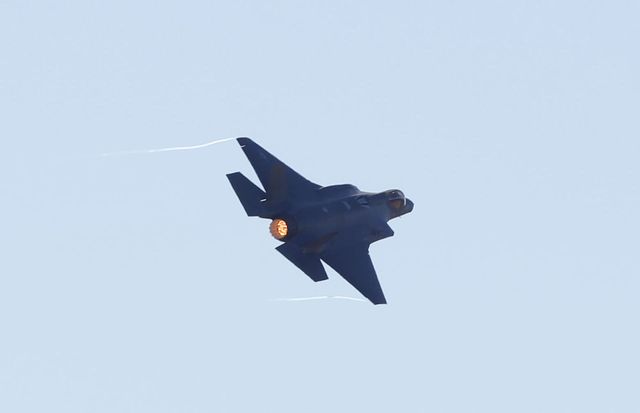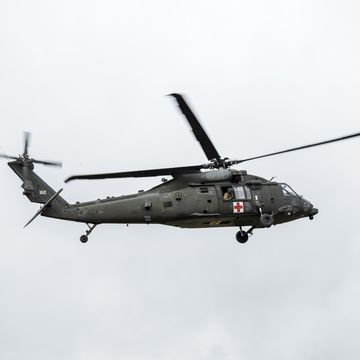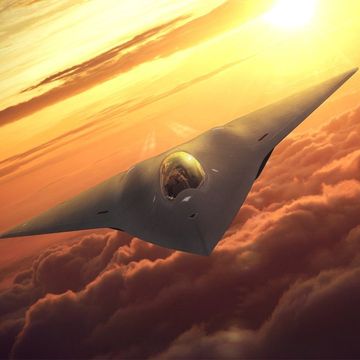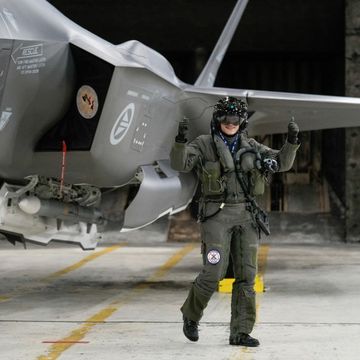The cost of the F-35 Joint Strike Fighter has gone up again. The total cost to build and fly more than 2,400 F-35s over their lifetimes increased by nearly $30 billion dollars. Ironically, the cost increases are being driven by efforts to reduce defense spending and the federal deficit.
The Pentagon is procuring a total of 2,456 F-35 fighter bombers. The Air Force is buying the F-35A to replace the F-16C Fighting Falcon, the Marine Corps is buying the F-35B to replace the F/A-18 Hornet and Harrier fighters, and the Navy is buying the F-35C to replace the F/A-18 Hornet. Each of these versions differs from the others. The Navy's version has a stronger set of landing gear to withstand carrier landings for example, and the Marine Corps version can take off and land vertically.
The overall cost to buy all 2,456 aircraft for all three services, including research and development, testing and evaluation, actually buying the aircraft, and building facilities to support the new planes, is estimated to cost $406.5 billion. This is up $27.5 billion over the previous year.
The primary reason for the cost increase is the Air Force's budget. The Air Force is buying the lion's share of the F-35 fleet, 1,763 F-35As. As a result, changes in how the Air Force plans to buy the plane can shift costs in the entire F-35 program. A cap on defense spending imposed by the 2011 Budget Control Act, otherwise known as the sequestration, has forced the Air Force to stretch its planned buy of the F-35 an extra six years. Instead of buying 80 planes per year and ending procurement of the F-35A in 2038, it will buy 60 per year and end in 2044.
The result of this "stretch" is that the Pentagon can't take advantage of economies of scale, where manufacturing costs for the F-35 go down as the number of planes purchased each year increases. Under economies of scale, manufacturer Lockheed Martin can sell the planes more cheaply due to the manufacturer's ability to negotiate materials, labor, and energy at a lower cost.
Indeed that is happening: the cost of all three models dropped last year by an average of about seven percent, as the government started buying more planes. President Donald Trump took credit for the $600 million price drop, although the head of the F-35 program had already forecast the Pentagon would save approximately $600 million the year before. Currently, the F-35A costs $94.6 million each, the F-35B costs $122.8 million each, and the F-35C $121.8 million.
F-35 costs will continue to fall, but the Air Force's stretched buy means they won't come down as quickly and as much as originally believed. The $27.5 billion increase won't be due in one lump sum but rather spread over the next 27 years. The cost increase could even be erased by increased defense spending down the road. A lot can happen in 27 years.
Source: Aviation Week & Space Technology

Kyle Mizokami is a writer on defense and security issues and has been at Popular Mechanics since 2015. If it involves explosions or projectiles, he's generally in favor of it. Kyle’s articles have appeared at The Daily Beast, U.S. Naval Institute News, The Diplomat, Foreign Policy, Combat Aircraft Monthly, VICE News, and others. He lives in San Francisco.













